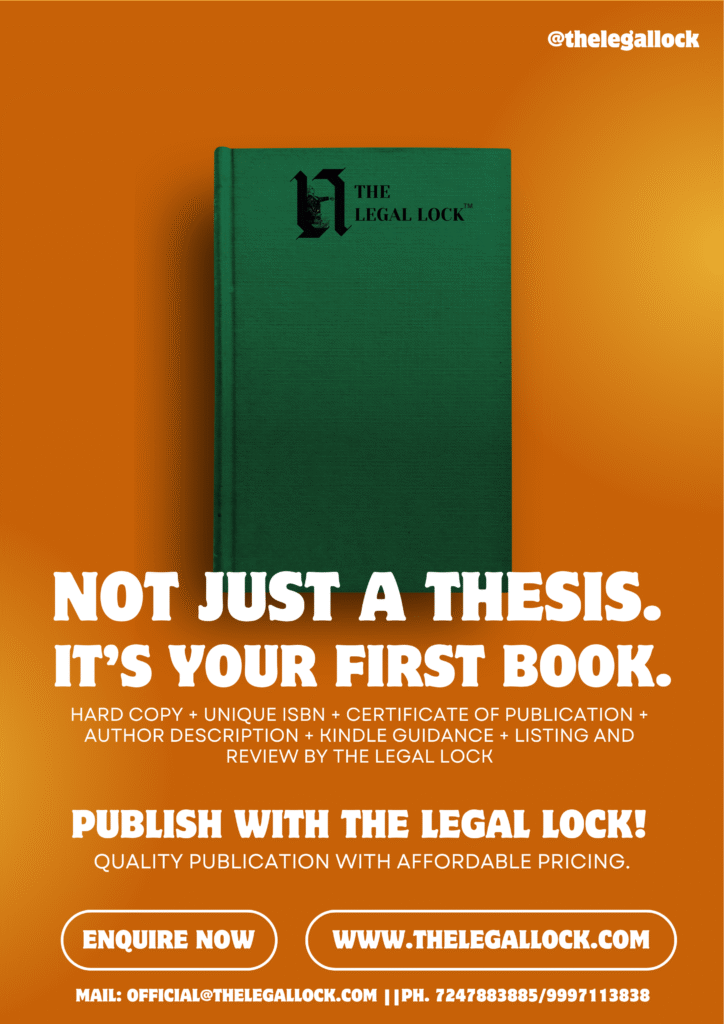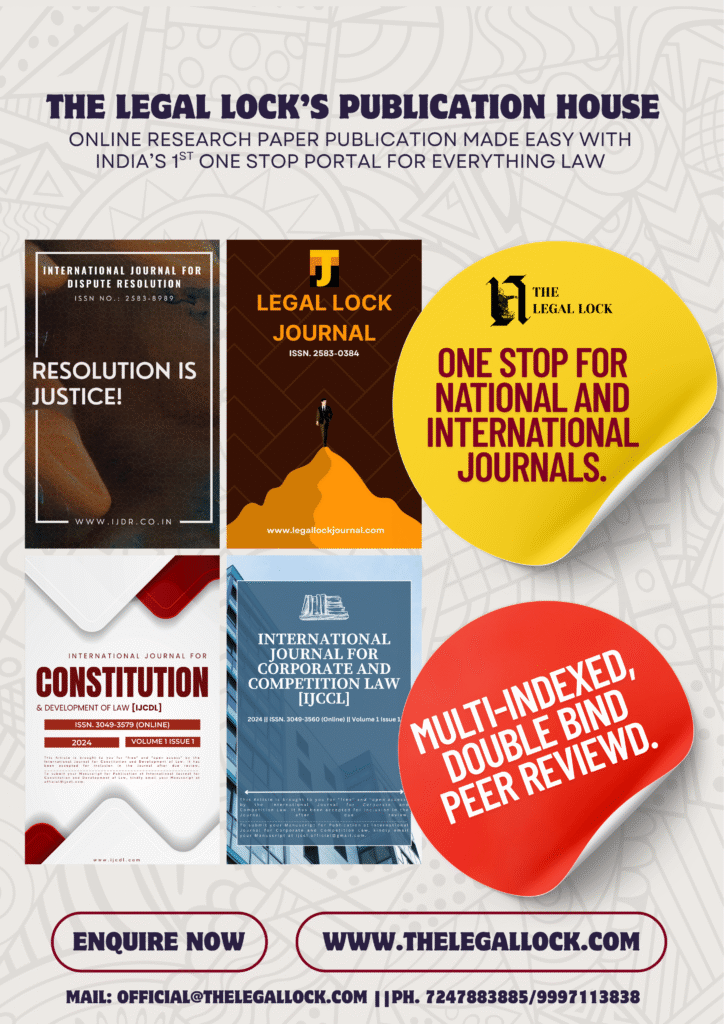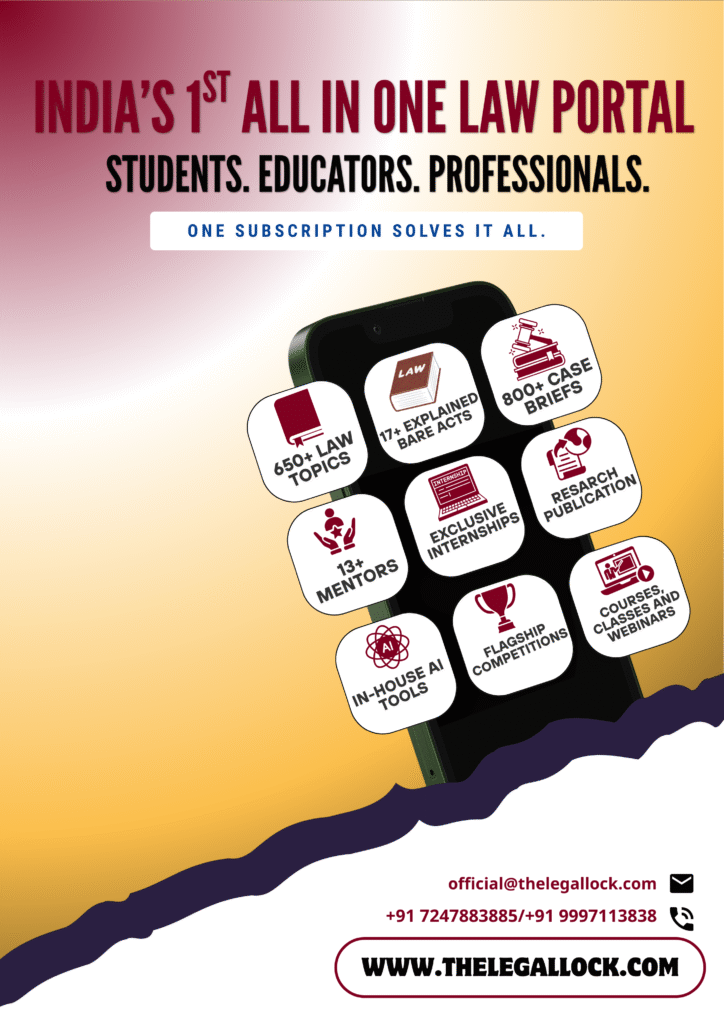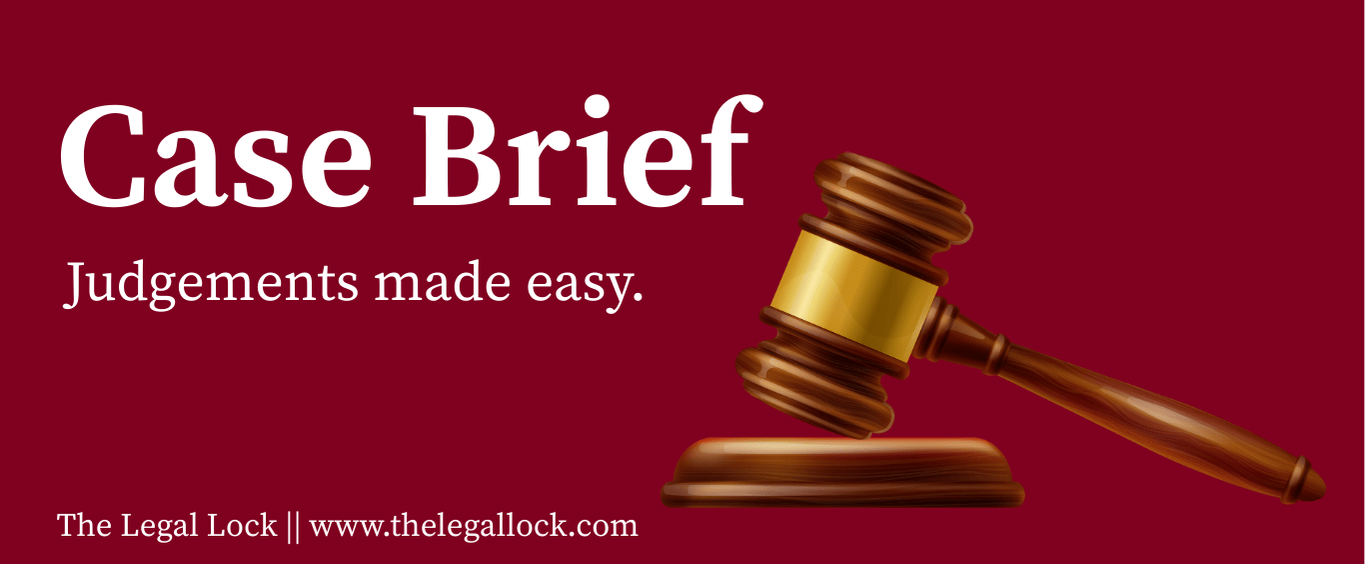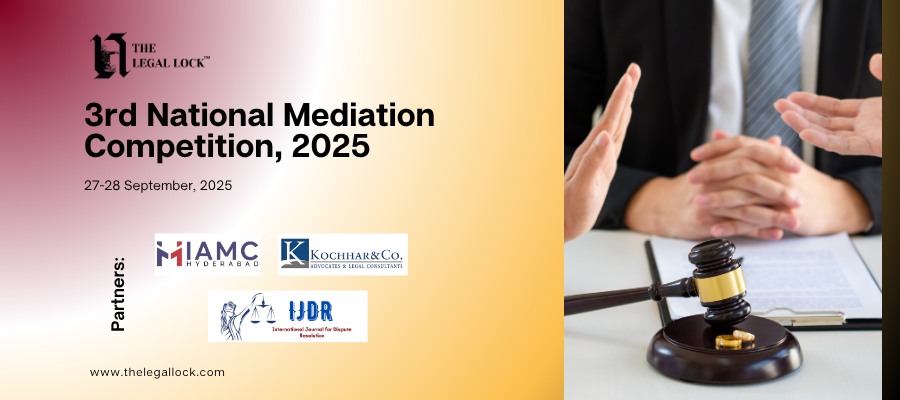Common Cause (A Regd. Society) vs Union of India
| CASE NAME Common Cause (A Regd. Society) vs. Union of India |
| CITATION (2018) 5 SCC 1, AIR 2018 SC 1665 |
| COURT Supreme Court of India |
| BENCH Before Dipak Misra, Arjan Kumar Sikri, Ajay Manikrao Khanwilkar, Dr. Dhananjaya Yeshwant Chandrachud, Ashok Bhushan |
| PETITIONERS Common Cause |
| LAWYERS Prashant Bhushan |
| RESPONDENT Ministry of Health and Family Welfare (Union of India) |
| LAWYERS P.S. Narasimha; K.V. Jagdishvaran; S.S. Shamsheri |
| INTERVENOR Jai Kishan Agarwal; Delhi Medical Council; Society for the Right to Die with Dignity; Dr. Surendra Dhelia; Indian Society of Critical Care Medicine; Vidhi Centre for Legal Policy |
| LAWYERS Arvind Datar; Sanjay Hegde; Praveen Khattar; R.R. Kishore |
| DECIDED ON 9th March 2018 |
INTRODUCTION
The right to life and personal liberty is one of the most significant fundamental rights that helps in the exercise of other fundamental rights. It also acts as a facilitator of other fundamental rights. It particularly includes their right not to be killed by another person. But the question is whether a person’s right to life includes the right die.
This question was answered in the case of Common Cause v. Union of India. In this case, the society demanded that the ambit of article 21 of the Constitution of India be extended to include the right to die with dignity as a component of the right to live with dignity. It also requested guidelines for the State to create suitable policies that would allow people with declining health or terminal illness to execute living wills or advance medical directives.
Concept of euthanasia
The term “euthanasia” is derived from two Greek words “eu” which means “good” and “Thanatos”, which means death. Euthanasia is the practice of ending a patient’s life in order to relieve their suffering. Normally, the patient in concern would have a serious illness or be in excruciating pain. Euthanasia would allow the individual to have a comparatively ‘good death’, as opposed to sentencing then a slow, excruciating, or indignified demise.
FACTS OF THE CASE
In this case, the writ petition sought a decision that, in accordance with Article 21, the ‘right to live with dignity’ included ‘the right to die with dignity’ as well as a guarantee that those in a vegetative state or who are terminally ill might sign a living will or an Advanced Medical Directive.
Although this issue was initially brought before a three-judge Bench, where it was transferred to a Constitution Bench because of conflicting precedents about the law governing the right to die in India.
The issue, as stated in the petition, first came to light in the year 1994 when the decision in P. Rathinam v. the Union of India was announced. Considering the facts and circumstances, the decision in this case was announced by a division Bench of the Apex Court, which stated that-
“Criminalisation of attempt to commit suicide under Section 309 of the Indian Penal Code, 1860 stands unconstitutional as the section is violating the provisions mentioned under Article 14 of the Constitution of India.”
The Court further stated that the right to life also includes the right to die. However, this decision was overruled in the case of Gian Kaur v. the State of Punjab (1996). In this case, the five-judge Bench of the Apex Court narrowed the scope of Article 21 by declaring that the right to life under Article 21 of the Constitution of India does not include the right to die under its ambit.
Ultimately, the supreme Court allowed passive euthanasia in the year 2011 in the case of Aruna Ramachandra Shanbaug v. Union of India and others. In this case, the court allowed passive euthanasia to the rape victim, who had been in a vegetative state for the past 42 years. The court held that-
“Under certain exceptional circumstances, passive euthanasia can be allowed to put the sufferings of the patients to end.”
Also, the Apex Court laid down specific guidelines to be followed strictly when deciding on the question of giving euthanasia to the patient.
ISSUES FRAMED
A total of 5 issues were framed in the case of Common Cause v. Union of India.
- Whether passive euthanasia and active euthanasia are different from each other?
- Whether the right to die with dignity falls under the umbrella of the right to live with dignity protected by Article 21 of the Constitution?
- Whether in India, are individuals allowed to include passive euthanasia in their living will?
- Does the Law Commission of India make any recommendations concerning the use of euthanasia as a means to end the sufferings of patients?
- Whether does any right exist for the individual to stop the medical treatment of the person or to remove the life-supporting equipment from the individual, leading to death?
ARGUMENTS
ARGUMENTS AS PRESENTED BY THE PETITIONER
The petitioner made the contention that the idea of preserving individual autonomy was embedded in the right to privacy and that it also played an important part in the definition of liberty. Their argument in support of this perspective was that using advanced medical techniques to keep a patient alive in a persistent vegetative state prolonged their pain and suffering and allowed for an infringement on their autonomy and dignity. The petitioner additionally asserted that the right to live and die with dignity was interlinked.
Moreover, it argued that a person could not be compelled to accept medical treatment against their will and that it was their right under common law to decline any undesired medical treatment.
ARGUMENTS AS PRESENTED BY THE RESPONDENT
The respondent, i.e., the Ministry of Health and Family Affairs, submitted a counter-affidavit in the court and stated that the ministry found it highly unfavourable to regulate euthanasia as the need for euthanasia entirely depends on a case-by-case basis where uniform laws or regulations cannot be made. It was further argued by the respondent that under Article 21 of the Constitution of India, the right to live with dignity is included, but the right only includes the proper availability of food, shelter, and means for treatment for any health ailment. Hence, they asserted that the right to die with dignity does not form a component of the right to live with dignity.
ARGUMENTS AS PRESENTED BY THE INTERVENOR
In this case, the Society for the Right to Die with Dignity, a society registered in Mumbai since 1981 by one of the social activists, Minsoo Masani, filed an application as an intervenor. The Supreme Court accepted the intervention of society. The intervenor submitted the affidavit in support of euthanasia. It was stated in the affidavit that there is a need to have a mechanism that can ensure a calm departure of an individual from life, leading to less pain and suffering. It further stated that freedom of choice also includes the freedom to choose whether to live or not to live. This freedom entitles the person to choose death rather than being in a state of irrecoverable ailment. Moreover, the intervenor also advocated the living will concept and attached a sample of a living will with the affidavit filed in the court.
JUDGEMENT
On 9th March, 2018, the Supreme Court gave a landmark verdict making way for passive euthanasia. The Court reiterated that the right to die with dignity is a fundamental right, as already held by its constitutional bench in Gian Kaur case earlier, and declared that an adult human being, having mental capacity, to take an informed decision, has the right to refuse medical treatment, including withdrawal from life-saving devices. Giving its verdict in the civil no. 215 of 2005- Common Cause vs. Union of India and others, the Apex Court concluded that a person of competent mental faculty is entitled to execute an advance medical directive.
The court stated that the right to privacy mandated preserving the moral fortitude of decisions made by the individual in the private sphere of choices pertaining to death. The Court held that the safeguarding of these fundamental rights was an extension of the right to privacy as they were connected to the fundamental rights to life and personal liberty guaranteed by the Constitution under Article 21.
CONCLUSION
The decision in the case of Common Cause v. Union of India demonstrates how the notion of proportionality has been applied. It showcases how the Court balances two aspects of the same right, in this case, the right to life guaranteed under Article 21 of the Constitution of India. While the right to life gives rise to a strong state commitment to safeguarding human life, it also guarantees the person’s autonomy to make decisions regarding his or her own health. The Court has carefully considered the social, intellectual, moral, and economic facets of this matter. It has made an exception to the idea of sanctity of life in circumstances where a person’s existence has lost significant value and prolonging his life is no longer in his best interests.



